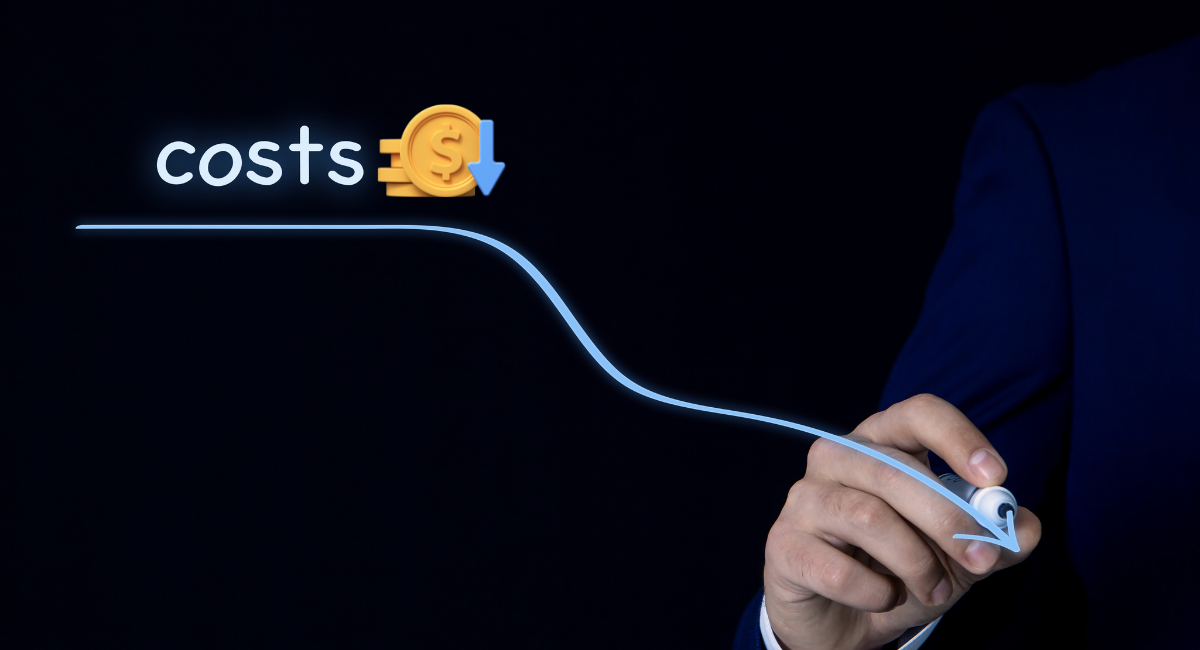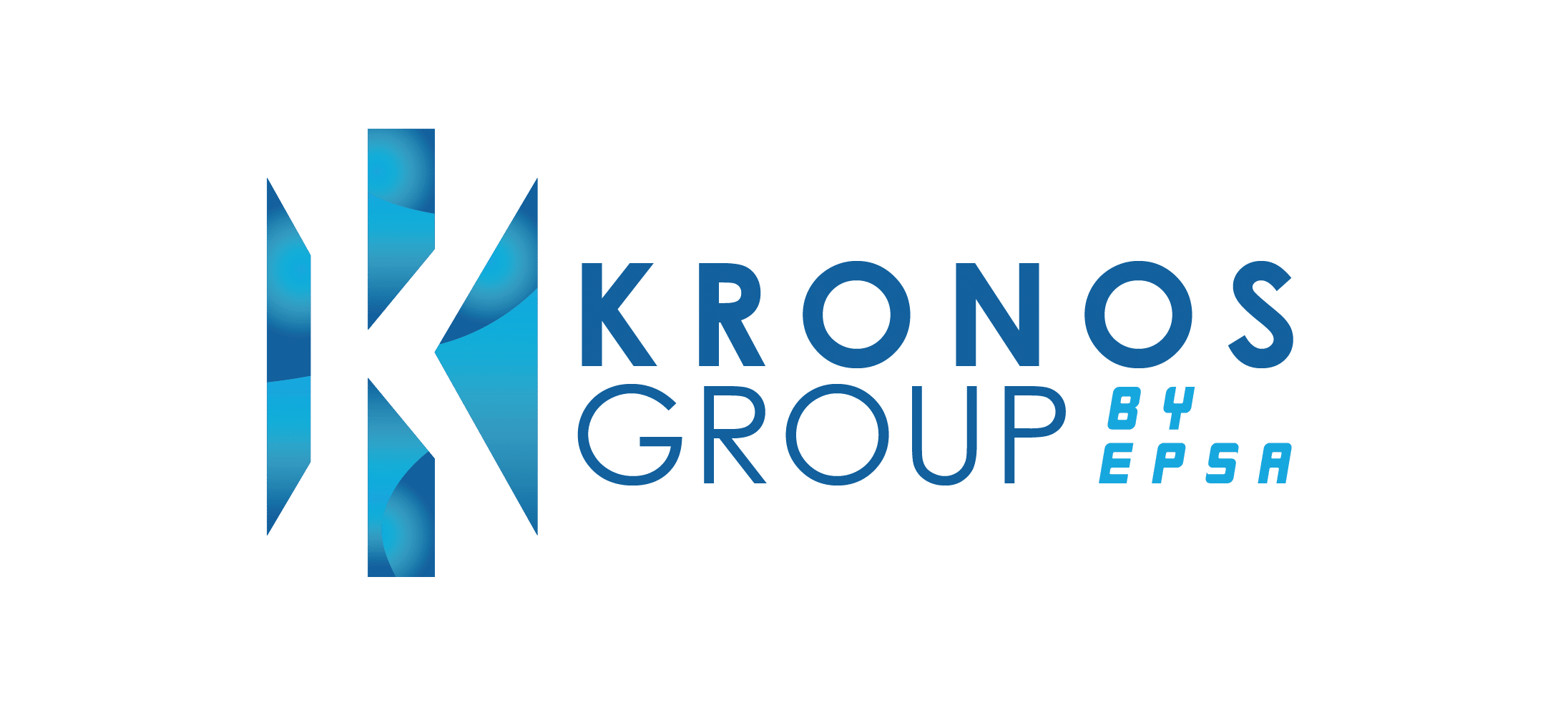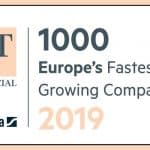What are the intricacies of a cost control system for strategic decision-making?

Summary
A cost control system is a structured network of actions, methods, and instruments used to observe, direct and enhance a company’s expenses. This system plays an important part in assuring that business activities meet cost-efficiency targets while also matching the financial and strategic objectives of a business.
The purpose of a cost control system is to guide where resources are utilised by identifying high-value-added operations. It also makes sure that financial and human resources are utilised to derive optimal ROI. This helps businesses improve their efficiency as they decide on investments, expansion, or new projects.
The cost optimisation system must align with strategic objectives and should have the ability to expand easily while being flexible. This ensures that data is uniform throughout the organisation and sets up automated data transition, boosting productivity and lowering mistakes.
These systems foster integration, scalability and flexibility, which means the system is flexible enough to grow with business needs while flexibility allows for adjustments to market trends as well as shifts in technology.
A cost optimisation system empowers strategic choices—enabling businesses to use resources in the best way possible and stay flexible in a changing market. It aligns with strategic objectives, provides precise data for decision-making, facilitates useful cost analysis methods and encourages integration, growth, and adaptability over time to ensure business triumph.
The foundation for a good business strategy is the effective management of finances. If a company can control finances effectively, it can make wise choices that result in long-term business growth and profitability.
A cost optimisation system refers to an organised structure of procedures, approaches, and instruments made for checking, managing, and enhancing a firm’s expenses. Its main aim is to confirm that the tasks within the business are done in a way that is favourable for its financial standing—aligning with its overall strategic targets.
This blog post explores the main aspects of an outstanding cost control and optimisation system, how it affects strategic decision-making, and the best practices to follow when using one.
What is the purpose of a cost control system?
- Expense control
The system aids businesses in comprehending their expenses better and finding potential opportunities to lessen or manage costs.
- Budget and plan creation
The system assists in building reasonable budgets and monetary plans, allowing businesses to distribute their resources appropriately without going overboard.
- Measurement of performance
Cost control and optimisation systems provide a method for measuring financial performance. This allows companies to establish standards and assess how well they are progressing towards their goals related to financials.
- Risk management
By having internal controls and frequent checks, the system assists in risk reduction related to fraud, mistakes, or poor handling of finances.
- Compliance
A good cost optimisation system helps lessen the possibility of legal problems by making sure financial rules and industry norms are followed.
How does a cost control system enable alignment with strategic objectives?
These systems are very much in line with a company’s strategic goals, working as an important instrument for making the right decisions.
A cost optimisation and control system assists in making strategic choices about resource allocation by identifying which operations are cost-effective, objective compliant, and adhere to stakeholder preferences. This ensures that both financial and human efforts are used where they can bring a satisfactory level of return on investment.
Cost control systems aid in streamlining business operations, boosting productivity and reducing the financial toll on processes. This has a direct effect on business outcomes and provides lasting viability. When businesses are thorough with their financial planning, they can make wise choices regarding investments, expansions, and fresh undertakings, which assists companies in concentrating on chances that yield the highest returns.
When companies understand their cost structures, they can choose pricing strategies that are competitive but still drive revenue. This kind of balance between market movements and what customers want helps improve the business’s market share.
A proper cost control and optimisation system can also help sustainability plans by identifying areas where waste can be reduced and can assist in creating new ideas, as they release capital for research and development.
What are cost analysis techniques?
Cost analysis looks into financial details to comprehend the structure of costs, find trends, and identify opportunities for cost optimisation.
- Variance analysis
This method compares real costs with predicted or planned costs. It identifies differences and why they happened, which then helps with corrective measures.
- Activity-based costing (ABC)
This method assigns costs according to activities that cause expenses and gives a detailed look into how costs are distributed, letting businesses pinpoint activities that demand high expenses and improve their resource usage.
- Trend analysis
Businesses can look at past cost information to find patterns and trends. This is helpful for prediction and budget creation as it lets companies foresee changes in costs and prepare for them.
- Cost-volume-profit analysis (CVP)
This method studies the link between costs, sales volume, and profit. It assists businesses in comprehending break-even points as well as how alterations in either volume or costs affect profitability.
How do cost optimisation systems foster integration, scalability, and flexibility?
A cost control and optimisation system that focuses on precise data gathering, use successful cost analysis methods, connects well with other systems, and can grow and change is crucial for strategic decision-making. It gives businesses the power to make strategic decisions, optimise resource usage, and remain flexible in today’s volatile market.
These systems foster integration, scalability, and flexibility by enabling:
- Better data consistency
When it is integrated with enterprise resource planning (ERP) and accounting software, the data remains consistent throughout the organisation, which helps reduce errors and enhance accuracy.
- Automated data flow
Integrated systems allow data to flow automatically, decreasing the need for manual input and the chances of human error. This helps save time and improve productivity.
- Instantaneous information
Integrating real-time data sharing between various divisions enables a more rapid and flexible cost optimisation system—allowing businesses to make decisions based on current information.
- Collaboration
Combining a cost optimisation system with different business systems promotes collaboration among departments. Teams can cooperate better, having a common comprehension of financial data and goals.
- Accommodating business growth
Scalable systems can manage more data and handle increasingly complex data sets as the business grows. This ensures that cost control continues to work well even when the organisation is expanding.
- Changing with the market
Flexible systems can adjust to alterations in market conditions, like economic downswings or regulatory changes. This helps businesses sustain a competitive and strong market position.
- Customisation
A customisable cost optimisation system can be adjusted to match particular business requirements. This customisability can encompass industry type, company size, and structure.
- Future-proofing
As technology changes and new ways of doing business come up, a flexible system can adjust to these alterations without needing large-scale modifications.
Elevate your strategic business decision-making with spend optimisation
Spend optimisation guides the financial path of businesses. By setting up a strong cost control system and following best practices, businesses can manage risks, improve performance and reach planned goals with sureness. In the end, this results in better profit, improved continuity in business operations, and growth.



